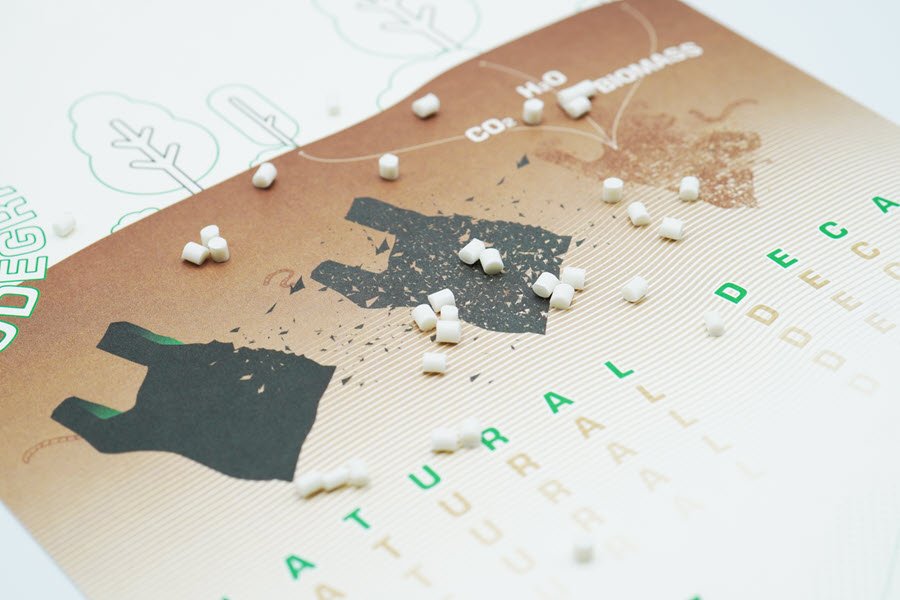
PLA masterbatch is a cutting-edge solution in the plastic industry, offering a sustainable and environmentally friendly alternative to traditional petroleum-based plastics. Made from plant-based polymers like cornstarch, PLA masterbatch offers a range of benefits including improved properties, stronger durability, and versatility in a wide range of applications. As concerns about waste reduction and resource conservation grow, the use of PLA masterbatch is becoming increasingly popular among businesses looking to reduce their carbon footprint and play a role in creating a more sustainable future. Let’s get to know about this amazing product in today’s article!
Related:
- What is PBAT plastic? Pros and cons of PBAT
- Potato starch bioplastic pros and cons - Top secret may surprise you
- An overview of biodegradable polymer
- Create a bioplastic business plan in 4 steps
I. What is PLA masterbatch?
1. Definition
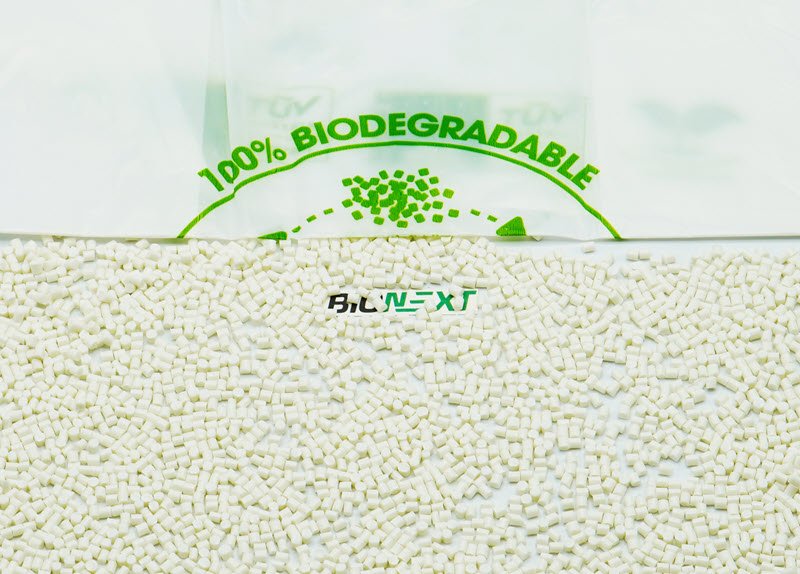
Polylactic Acid (PLA) is a biodegradable and renewable thermoplastic polymer made from lactic acid, which is derived from natural resources such as corn starch, sugarcane, or cassava. PLA is known for its biodegradability and low carbon footprint, making it an attractive alternative to traditional petroleum-based plastics.
PLA Masterbatch is a concentrated mixture of PLA polymer and additives, such as colorants, stabilizers, and/or other functional ingredients. The purpose of the masterbatch is to enhance the performance of the final product while reducing the amount of raw material needed. The addition of the masterbatch allows for the customization of the final product, including color, performance, and other functionalities.
2. Applications

The applications of PLA masterbatch are numerous and include single-use plastic extrusions, such as for producing bags, packaging materials, and film. Injection molding is another common application for this masterbatch. It can be molded into a wide range of products, from disposable containers and cutlery to more complex products such as toys and automotive parts.
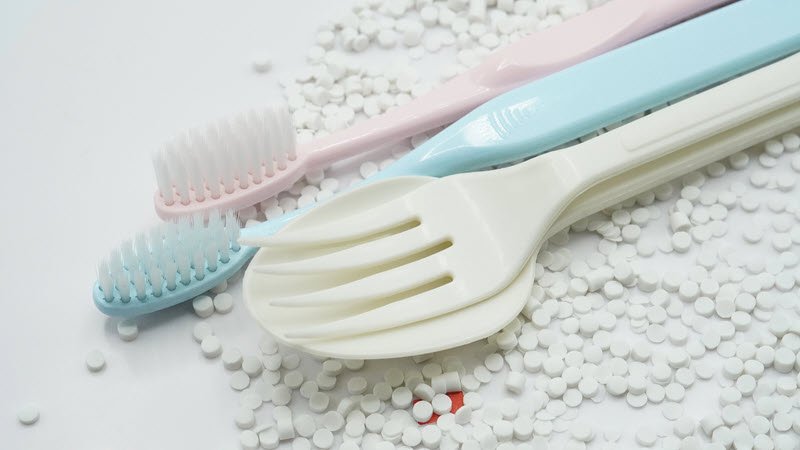
In the food packaging industry, PLA masterbatch is becoming increasingly popular due to its ability to replace traditional petroleum-based plastics. This is because the materials used in PLA masterbatch are food safe and meet the high standards required by the food industry.
In the agriculture industry, PLA masterbatch is used to produce biodegradable mulch films, which can help to conserve soil moisture, reduce weed growth, and increase crop yields.
In the textile industry, PLA masterbatch is used to produce biodegradable and compostable fibers, which are becoming increasingly popular due to the growing demand for sustainable clothing.
II. Benefits of PLA masterbatch over traditional masterbatch
The benefits of using PLA masterbatch over traditional masterbatch are numerous. First and foremost, PLA is a biodegradable material made from renewable resources, making it a more sustainable option compared to traditional petroleum-based plastics. This helps reduce the carbon footprint and the amount of plastic waste in the environment.
Another advantage of using PLA masterbatch is its improved heat resistance, compared to traditional masterbatch. This allows for a wider range of applications, such as hot food packaging, without worrying about the material breaking down or melting.
Moreover, PLA masterbatch is available in various colors and finishes, making it a versatile option for product design and aesthetic appeal. This is particularly useful for companies looking to create eco-friendly products that are still visually appealing to consumers.
In terms of performance, PLA masterbatch has been shown to have better impact resistance, which makes it a suitable option for products that need to be durable and long-lasting. Additionally, it has better tensile strength and elongation at break, making it a more reliable option for products that need to hold their shape and not break easily.
In conclusion, the use of PLA masterbatch offers numerous benefits over traditional masterbatch. Its biodegradability, improved heat resistance, versatile design options, and better performance make it a more sustainable and reliable choice for companies looking to produce eco-friendly products.
III. PLA masterbatch of EuP - a solution for a sustainable future
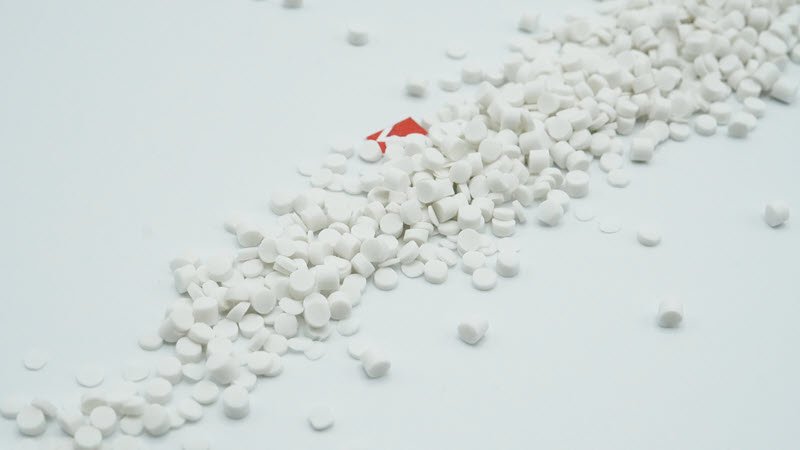
Definition: Bio-filler, also known as bio-based filler, is a type of bioplastic filler made from sustainable and renewable raw materials. It is used as an additive in plastics to reduce the production cost of bioplastic end-products.
Components: Bio-filler is composed of different types of bio-based materials such as starch, cellulose, and others. Euro Plas offers three types of bio-filler products, BiOMates 01, 02, and 03, each having different compositions to meet specific customer requirements.
Characteristics: Bio-filler has several benefits over traditional fillers, such as being biodegradable within 12 months. It also acts as an anti-block and slipping agent in blown film.
Applications: Bio-filler is used in a variety of applications such as single-use plastic extrusion, injection molding, and biodegradable film. It helps to reduce the carbon footprint of bioplastic products and provides an eco-friendly solution for the plastic industry.
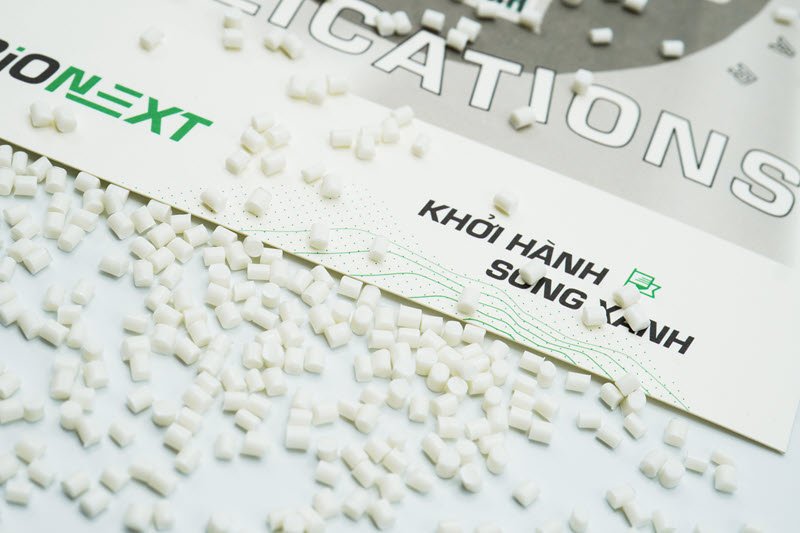
Definition: Bioplastic compound refers to a type of plastic material that is made from renewable and biodegradable sources, such as plant-based polymers, starch, or cellulose. Unlike bio-fillers, bioplastic compounds are a complete plastic material in their own right and can be used to create products without the need for additional materials. Bioplastic compounds offer a more sustainable alternative to traditional petroleum-based plastics and help to reduce waste and conserve non-renewable resources.
Components: Bioplastic compounds are made from renewable sources such as cornstarch, rice straw, bamboo, and other plant-based materials. These materials are processed and refined to produce the bioplastic compound. Bioplastic compound is classified into different grades such as BiONext 102, 152 each with different properties and functions. Specifically, BiONext 102 is an eco-friendly and flexible material, BiONext 152 is a bio-based and biodegradable material.
Characteristics: The characteristics of bioplastic compounds include being biodegradable within 12 months after use, having outstanding mechanical properties, and being able to be tailor-made based on the end-products requirements. The use of bioplastic compounds also reduces the carbon footprint of bioplastics, making them a more environmentally friendly option.
Applications: The applications of bioplastic compounds are diverse and include shopping bags, dental picks and floss, straws, mulch films, single-use plastic utensils, thermoformed trays, food packaging film, and rolling film. By using bioplastic compounds, companies can contribute to the reduction of plastic waste and preserve the environment for future generations.
EuroPlas is a leading manufacturer of PLA masterbatch in Vietnam, offering high-quality, innovative products to meet the growing demand for sustainable plastics. With our focus on using environmentally friendly materials, we are dedicated to creating products that support the shift toward a greener future. Our state-of-the-art facilities and experienced team ensure consistent quality and customer satisfaction. Whether you're looking to improve your product's performance, reduce your environmental impact, or both, EuroPlas has the expertise to help you achieve your goals. Get in touch with us today to learn more about our range of PLA masterbatch products and how they can benefit your needs.